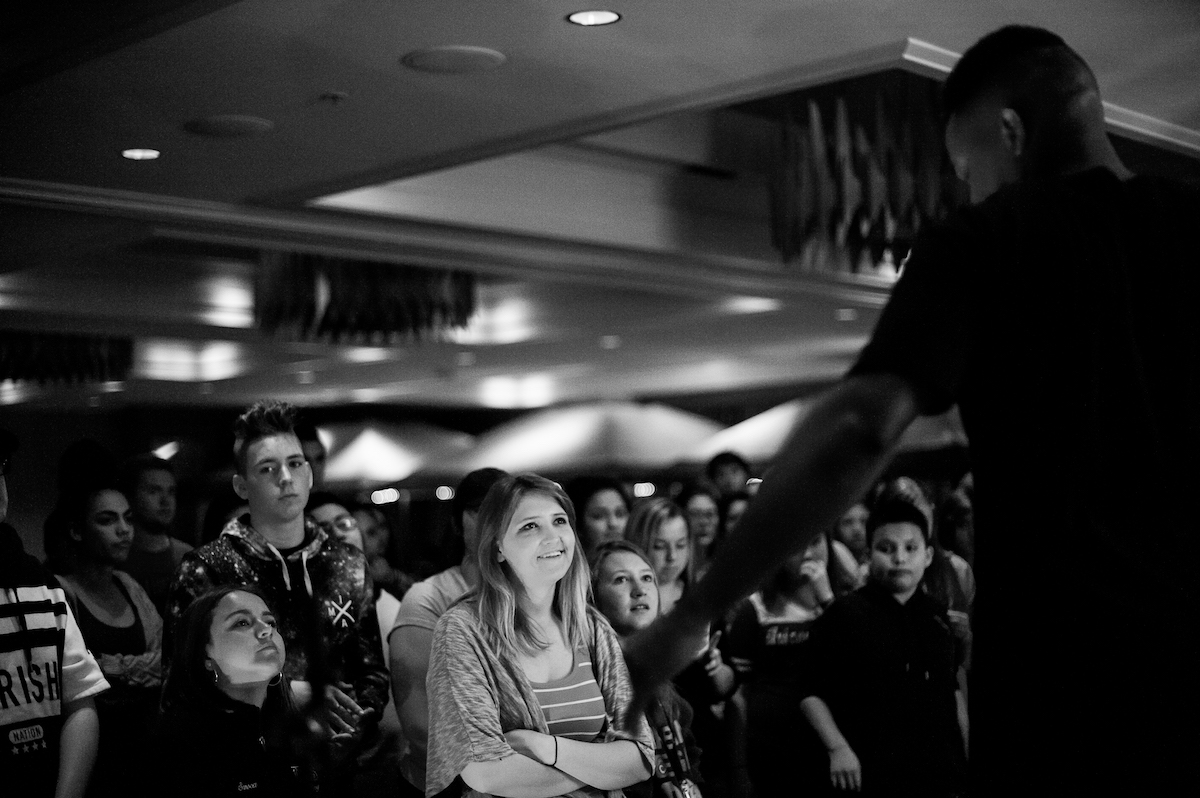There's a right way to run radio stations. Here are 10 smart tips
With two of the nation's largest radio companies in bankruptcy, iHeartMedia and Cumulus, many who don't really know radio contend the medium is dead or dying. But those who do know radio argue that it's still every bit a vital medium. The problem, they argue, is that too many stations are poorly managed, often from distant headquarters by executives more interested in making the numbers look good than running stations smartly for the long term.
So what does it take to run radio stations smartly? Here are 10 tips from longtime radio pros:
—Staff each station within your market with its own sales team
Yes, it’s expensive, and many radio people will tell you it’s a sure money-loser. Wrong, says longtime radio sales executive Ben McWhorter in Knoxville. Do the math. Two sales people at different stations will bring in more revenue than one person selling for the two stations, and the difference is worth the extra cost. Competition encourages excellence. Similarly, if you have a cluster of stations in a market, and each has its own sales team, you stand to do better than if you had one sales staff selling the entire cluster. It just makes sense.
—Create unique identities for your stations and then promote them
Great radio stations have great identities. They work to create them and they spend the money to let the world know how great they are. They put up billboards and hand out bumper stickers. You preach to your clients that advertising works. You may be on to something. Try it yourself.
—Live, breathe and embrace local local local
Real radio has an enormous advantage as the most local of all media. In the great sea of media offerings, local radio stands out. It celebrates our towns and reminds us of our shared identity. Radio from its earliest days understood that vital connection. But that has been lost in this age of consolidation, where stations are managed from afar. But it makes even more sense these days. Everything about your stations should scream local.
—Hire real copywriters. Most radio advertising sucks.
If your ears hurt and you get a headache listening to radio, it could be the ads. There was once a time, long ago, when radio supported good copywriting. No more. Today most of what we hear is written on the fly by people who aren’t writers. Good copywriting sells products, endearing you with your advertisers, always a plus, and it make your station sound smart.
—Train your sales team in the art of selling, and in the value of radio
Radio these days, like much of local media, is flooded with people who aren’t skilled in selling, and it hurts the industry. But you can change that. Take the time, spend the money, to train your sales team. There are natural sales people, but the best sales people learned from masters. The payback for stations is enormous: Higher sales, happy clients, more clients, less turnover, less whining, fewer headaches.
—Put digital to work for your stations. Generate revenues.
Digital is not the enemy, and smart radio companies have learned how to use it to add a new revenue stream and boost radio sales as well, says respected local media researcher Gordon Borrell. Consider that so much local advertising begins with a digital component. The advertiser then decides what additional media to include in the buy. Win the digital business and you get a two-fer—radio ad dollars as well. One caution: Never disparage digital to an advertiser. They believe in it. It’s sure to be taken as an insult.
—Go big on social media, radio’s very good friend
As Borrell and others are quick to point out, radio is the original social medium It’s a great way to connect into the passions listeners have for their favorite genres while building the station’s brand. Engage with listeners, encourage them to post their thoughts and air their complaints. Answer their questions. Run contests.
—Cut back ad loads. Give listeners a break.
Radio listeners accept ads. What they don’t like is too many of them back to back. If you run too many, you’ll chase away listeners and send them to digital offerings like Spotify, where loads are far lower. You also diminish the value of the ads you run, risking driving away clients to competitors, advises McWhorter. It’s a no-brainer. Yet so many stations seem not to grasp this.
—Get to know your listener. Spend the money for research.
Who’s listening to your station? Good question. Spend the money to find out. Research is invaluable in telling you what works and doesn’t work about your programming. Are you running too many ads? Is your news team missing stories? Your listeners will tell you. Good listener research is also an invaluable sales tool.
—Loosen the grip. Eschew micromanaging. Let your people go at it.
Dare we say this? Great stations run themselves. If you’ve got the right people, they get the job done without being told what to do every minute. It’s called talent. Large organizations like to manage down, and down and down and down. Executives collect endless amounts of data and put it in spreadsheets to impress boards and stockholders. These people think of themselves as radio people. They are not radio people. They are bean-counters pretending to be radio people.








